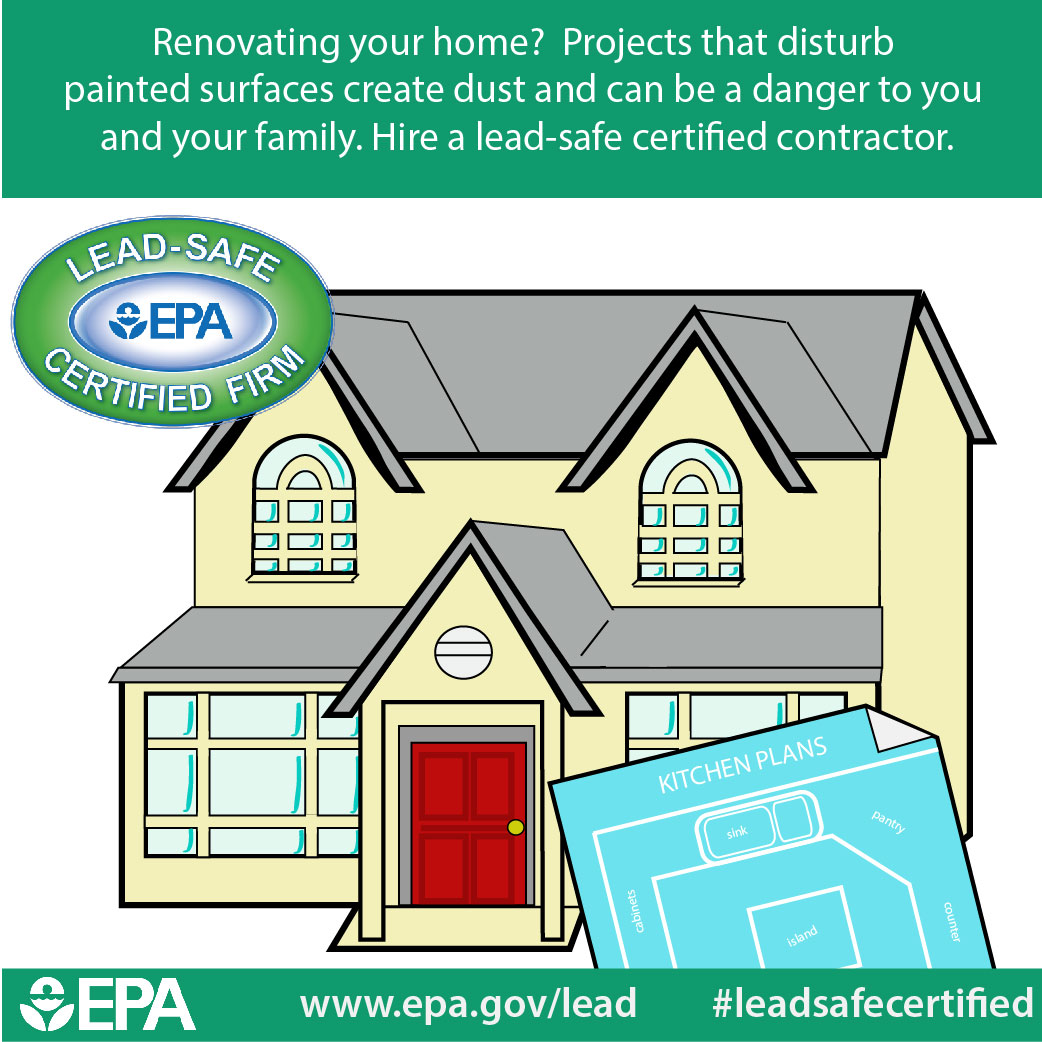The Influence Of Weather Condition On Outdoor Home Paint And Strategies To Mitigate Its Effects
The Influence Of Weather Condition On Outdoor Home Paint And Strategies To Mitigate Its Effects
Blog Article
Writer-Schulz Lott
When you're planning to repaint the exterior of your home, you could not realize how much the climate can impact your project. Temperature level variations can alter drying out times and adhesion, while humidity degrees can bring about a less-than-perfect surface. You'll wish to know the most effective practices for choosing the ideal day and preparing your surfaces to ensure an effective result. Yet what do you do when the projection isn't coordinating? There are techniques you can carry out to navigate these obstacles properly. Allow's check out several of those alternatives.
Impacts of Temperature Level on Paint
Temperature level plays a vital function in the success of your painting job. When you're intending to paint, go for temperatures in between 50 ° F and 85 ° F. If it's too cool, paint mightn't adhere appropriately or could take longer to dry.
On the flip side, when it's also warm, your paint can dry out too swiftly, leading to unpleasant brush marks or unequal finishes.
Also, think about the surface temperature of the area you're repainting. Direct sunlight can heat surface areas significantly, creating paint to blister or peel. It's ideal to work in shaded areas or throughout cooler parts of the day, like early morning or late afternoon.
Additionally, changing temperature levels can develop difficulties. If you're painting in the evening when temperatures drop, be aware that the cooler air can affect just how the paint treatments.
You wish to prevent painting in conditions where temperatures drop listed below the supplier's advised array, as this can compromise the honesty of your work.
Impact of Moisture Degrees
Recognizing moisture levels is crucial when preparing your paint project, as they can significantly influence the final results. High moisture can decrease the drying process of your paint, creating it to stay gaudy and at risk to smearing. If the air is also damp, you may discover paint not adhering correctly, bring about peeling or bubbling later.
On the flip side, low humidity can additionally posture troubles. When the air is too dry, paint may dry also promptly, avoiding proper bond and possibly resulting in a rough coating.
Preferably, you wish to go for moisture levels between 40% and 70% for the very best paint conditions.
To battle humidity problems, you can choose the correct time of year for your project. Late springtime and early autumn typically offer one of the most desirable conditions. Additionally, take into consideration using paints specifically formulated for high moisture if you're repainting in a damp climate.
Constantly inspect the maker's suggestions for optimum problems to make sure a remarkable coating. By bearing in mind moisture, you'll establish on your own up for an effective outside paint experience.
Managing Rain and Wind
When preparing your paint task, it's crucial to watch on the weather forecast, particularly for rain and wind. Both can substantially affect the quality and durability of your paint work.
Rainfall can remove fresh applied paint, bring about drips and unequal protection, while solid winds can carry dirt and debris, creating an abrasive finish or creating paint to completely dry too promptly.
To deal with these difficulties, think about scheduling your work during a stretch of dry, tranquil days. If https://poststar.com/news/local/crime-and-courts/man-sentenced-for-painting-slurs-on-mobile-home/article_b590df0a-5022-11ed-93d7-337a2ce77280.html is in the projection, try to finish the task in the morning, providing your paint enough time to dry before any kind of precipitation strikes.
Constantly inspect the moisture levels, as they can enhance the possibility of rainfall.
If you can not stay clear of painting on a gusty day, make use of a paint sprayer with a windscreen, or opt for a brush to reduce overspray.
Keep chapel hill nc painters or plastic bed linen handy to safeguard your work area from unexpected showers.
Ultimately, if rain does catch you off guard, be prepared to cover your colored surface areas swiftly to stop damage.
Final thought
To conclude, weather plays a vital duty in exterior house paint, affecting everything from drying out times to end up quality. By choosing the ideal temperatures and moisture levels, and being planned for unexpected rain or wind, you can ensure an effective paint work. Keep in mind to intend your project wisely and follow the producer's standards. With the right preventative measures, you'll achieve a smooth, sturdy surface that boosts your home's visual allure, regardless of the climate.
